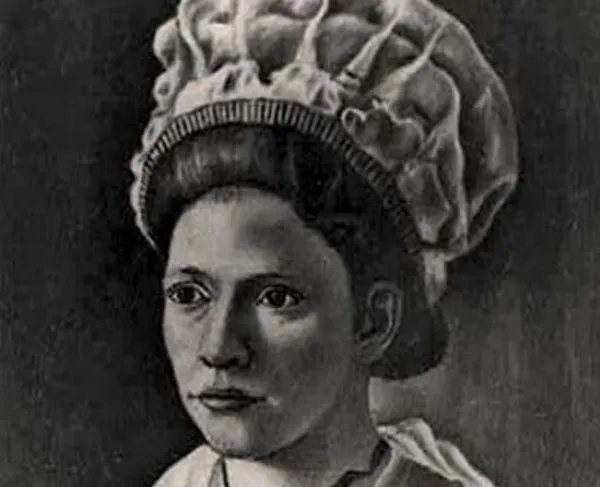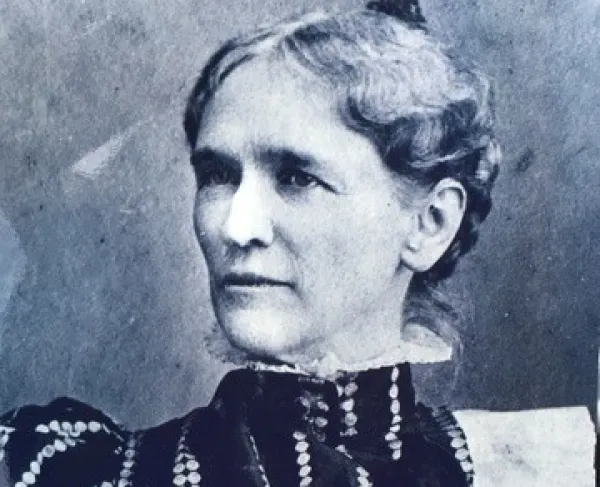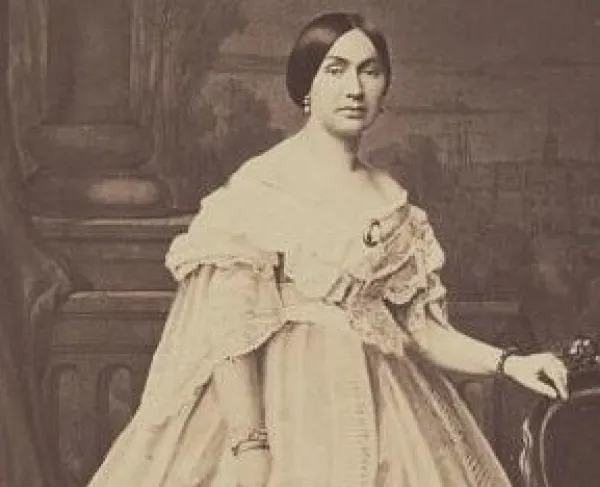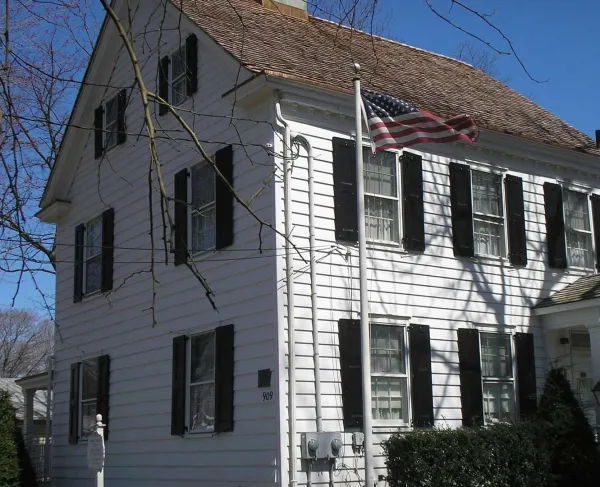Lydia Barrington Darragh

An Irish immigrant and Pacifist turned Patriot spy, Lydia Barrington Darragh defied British officers and braved a military checkpoint to dispatch critical information to the Continental Army during the American Revolution.
Lydia Barrington was born in Dublin, Ireland in 1729 and emigrated to Philadelphia in 1753, shortly after marrying her family’s tutor, William Darragh. In America, Lydia’s husband continued to work as an instructor, while she took up work as a midwife and raised the couple’s five children. Though William and Lydia were both Quakers and pacifists, their eldest son, Charles, joined the Continental Army, serving in the 2nd Pennsylvania Regiment.
When the British occupied Philadelphia in September of 1777, General William Howe moved into a home located across the street from the Darragh’s family residence. Not long after, General Howe attempted to expand his headquarters into the Darragh house. With the aid of a second cousin that was serving in the British army, Lydia was able to convince Howe to permit the couple to remain in their home in exchange for allowing the British to use their parlor as a meeting place.
Because the Darraghs were pacifists, and publicly remained uninvolved in the war effort, the British officials did not suspect that Lydia might be acting as a spy for the Continentals. However, while living so close to the British officials’ headquarters, Lydia succeeded in gathering information about British activities, which she passed along to Charles through coded notes delivered by one of her younger sons.
On December 2, 1777, British officials held a private meeting in the Darragh home, as per the arrangement made between Lydia and General Howe. The officers ordered the members of the family to remain in their bedrooms for the duration of the meeting, explaining that they would be awakened when the business had concluded. Despite these instructions, Lydia pretended to retire to bed, but then covertly listened in on the secret meeting, securing important information about the British plan to lead a surprise attack against General George Washington’s Continental forces at Whitemarsh, located sixteen miles north of Philadelphia, in two days’ time.
That night, Lydia kept the information to herself but made the bold decision to warn Washington of the impending attack. The day after the meeting, Darragh received permission from General Howe to visit her youngest children, who were staying outside of the city, and to purchase flour from the Frankford mill. With her official pass, Darragh succeeded in moving past the British lines to the mill, and then on to the Rising Sun Tavern, where she informed an American soldier that Howe was planning an attack on Whitemarsh on December 4th. Some accounts hold that this soldier passed the information along to Colonel Elias Boudinot, who proceeded to warn the army at Whitemarsh. Boudinot’s account, as he described the event in his memoirs of the war, suggests that Darragh hid a note in an old cloth needle book, and passed the information to him that way.
Regardless of the manner in which the information reached the Continental Army, Washington’s forces were prepared to repel the British at Whitemarsh, and after several days of skirmishing, Howe called off the attack. Suspecting that a member of the Darragh family had overheard their plans, the British questioned Lydia when they returned to Philadelphia. Remaining calm, Lydia claimed that she and the rest of her family had been asleep through the meeting, and the British officers let the matter rest.
After the death of her husband in 1783, Lydia continued to raise the family’s children while working in a store until her passing in 1789. Though the couple’s graves were located in a Quaker cemetery not far from their original home in Philadelphia, both Lydia and William lost their membership in the Society of Friends before the end of the war, suggesting that their contributions to the Revolution became known to their community.
Though history has presented differing accounts of how she alerted the Continental Army of the impending British attack at Whitemarsh, Lydia Darragh remains an important example of heroism and patriotism in the fight for American independence.





